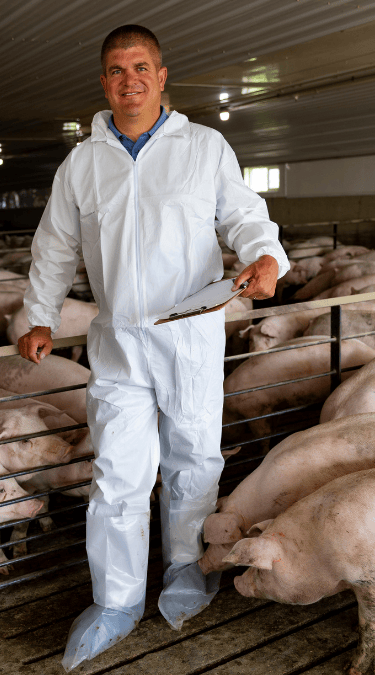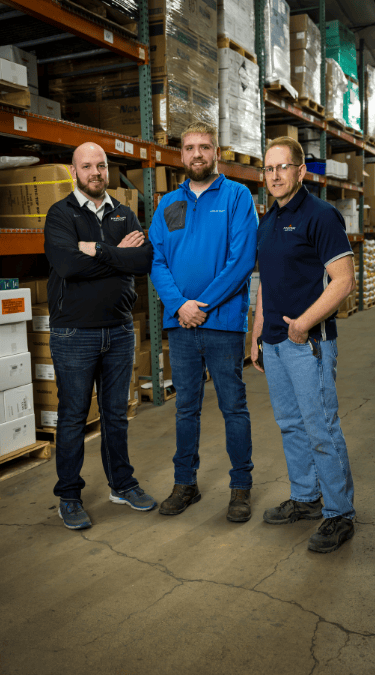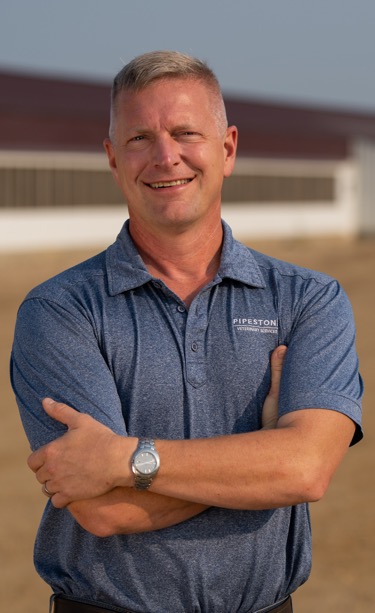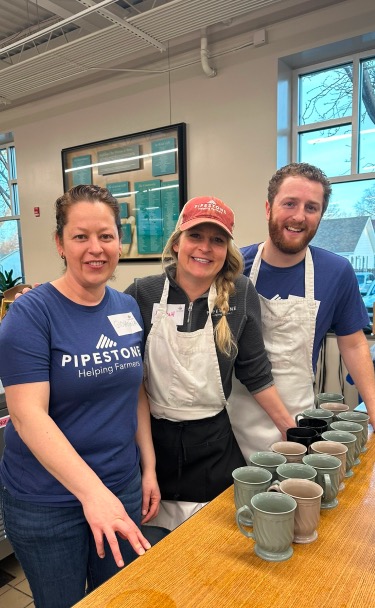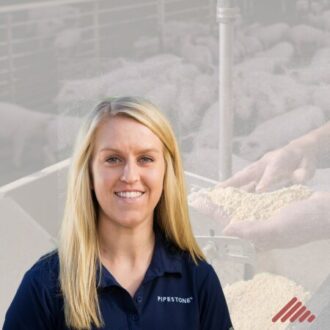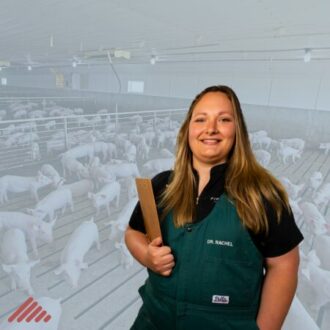As an industry, we have set guidelines for ourselves through the PQA program on what responsible antibiotic use looks like. If your interaction with those principals has been limited to passing the PQA quiz, today is a good day to think about how your antibiotic use fits into a responsible model.
Do you work with a Veterinarian and do you follow their guidelines for antimicrobial use?
The bare minimum to meet this requirement is to have a Vet physically on site one time per year and to have written scripts for all prescription products on site. If this is the only interaction you are having with a Veterinarian, consider getting value for your operation with more veterinarian interaction.
Questions to ask yourself:
- Does your Veterinarian come out only for sick calls, or do you talk outside of putting out individual health “fires”?
- Have you recently had a “big picture” conversation with your Veterinarian about vaccines, pig flow, biosecurity, feed mitigation, ventilation, antimicrobial use? What you should STOP doing to reduce cost?
- Do you know how you benchmark/compare with other producers when looking at antimicrobial use and cost?
If your answer is no to any of those questions, we can help! Pipestone provides tools such as PigVet and Pipestone Antibiotic Resistance Tracker (PART), both of which are aimed at REDUCING costs and increasing antimicrobial stewardship. Better yet, PigVet offers a money back gaurantee to support. Ask your Pipestone vet to learn more.
Do you assess the advantages and disadvantages of all uses of antibiotics?
We often choose antibiotics based on what is either cheap, what is convenient, or both. As an industry we need to think hard about the following questions:
- Is a whole herd treatment necessary here, or should this be treated with individual injections?
- Am I jumping to using antibiotics which are “critical” for human health, when antibiotics that are not “critical” may work? (learn more on page 44)
- Is there a certain amount of morbidity or mortality that is ok to accept instead of widespread antibiotic use?
Do you use antibiotics only when they provide measurable benefits?
As an industry (and I myself am guilty) we like to jump into treatment at the first sign of a problem. In the case of certain diseases (PRRS, Hemolytic e.coli, Salmonella, Actinobacillus suis, Erysipellas, etc..), treating is both wise and necessary. For other situations, the need to treat is not as clear cut.
- Would pigs have recovered equally well without treating the whole herd?
- Could that flu break have been managed with an anti-inflammatory?
- Would scours clear up on its own? Would a probiotic, acidifier or electrolyte have been adequate?
- Could that stiffness have been managed with a combination of an anti-inflammatory and getting pigs up multiple times in a day?
Do you take appropriate steps to decrease the need for the application of antibiotics?
This question encompasses everything you do daily basis and can be overwhelming to tackle. Start with the list below, and assess your long term strategies for reducing the need for antibiotics.
- Wean pig
- Is my sow farm producing the right pig for my operation?
- Do I need an older pig?
- A healthier pig?
- A more consistent pig?
- A better genetic?
- A more fully vaccinated pig?
- Would a different source be better long term?
- Facilities
- Soffits, inlets, fans, stir fans, curtains, heaters, brooders, lamps, mats etc..
- Do I have enough and are they functioning to provide the ideal environment for raising the pig I receive?
- Is my water source/water lines providing potable water to my pigs?
- Is my barn set up for success with biosecurity?
- Flow
- Am I maximizing my facilities while keeping in mind difficult health issues common with slow fills, multi-age production sites, co-mingled flows, overstocking, and continuous flow facilities.
As independent pork producers, you are uniquely equipped to tell a compelling story about the pork you produce. Responsible antibiotic use is going to be an integral part of that story. At Pipestone, we can help you reach your goals and tell your unique story. Working through the questions above and meeting with your Veterinarian is a great first step.
Follow along with Dr. Cara Haden as she shares how antibiotic resistance and antibiotic use plays a role in her life as both a veterinarian and a mom.
